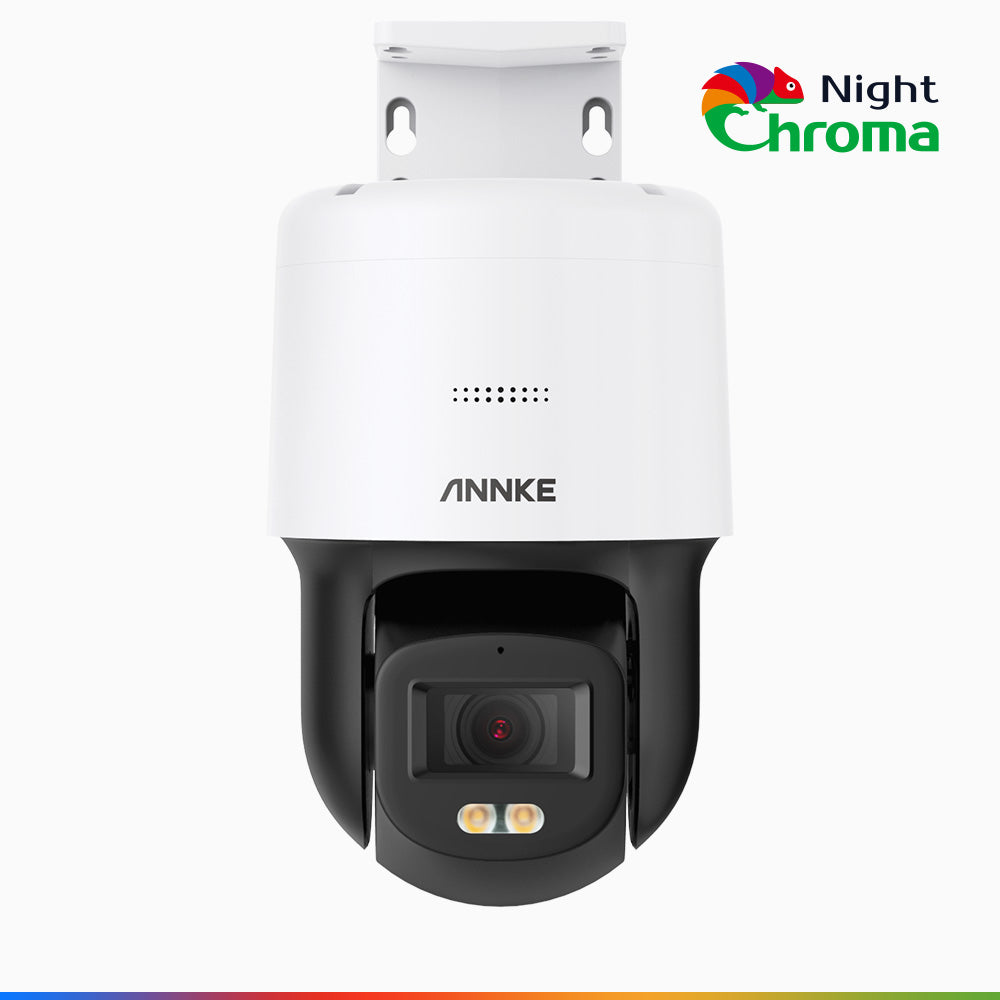Sure if you throw enough infrared on it, it can make a difference, but then you are adding external infrared.
Don't go by the distances they claim the infrared can be seen - that is perfect situation with a wide open shutter and an object not moving.
Regarding minimum illumination, Many do not pay attention to the minimum illumination specs...because those are under ideal situations with so many factors not known.
Almost every camera will say 0 LUX with infrared or white LED on, and we all know how poorly Reolinks perform at night in low light yet that is their spec....or even two different good cameras. The 5442 4MP2.8mm fixed lens camera will beat the socks off the 5241 2MP 2.8mm fixed lens or a Reolink and they both say 0 Lux with IR on.
Heck darn near every camera will say 0 LUX with IR on....
Once upon a time manufacturers would at least say at what shutter speed that rating was based on. Most would say a 1/3 shutter. That is way to slow for anything. You need to run minimum 1/60 shutter to start to minimize blur.
But now they don't even provide that, so in most cases it is a wide open iris, slowest shutter the camera allows, and gain and brightness cranked to 100 so that they can get the lowest illumination number possible.
But nobody would run the camera in that configuration.
Some of the older cameras would give these kind of specs so you knew how the camera was setup to come up with the minimum illumination.
0.002Lux/F1.5 ( Color,1/3s,30IRE)
0.020Lux/F1.5 ( Color,1/30s,30IRE)
0Lux/F1.5 (IR on)
So of course, the faster the shutter, the more light that is needed.
To minimize blur with motion, you need to run a shutter at at least 1/60 shutter - once you start doing that, the LUX specs are out the window.
But as more competition came out, manufacturers started playing games and tweaking the settings for getting the lowest lux possible, but that came at a cost of a configuration nobody would use. So they wouldn't say how the camera was configured to capture that minimum illumination rating.
They play these marketing games to make it look like the camera is better than it is for someone that is just chasing minimum illumination numbers. Kind of like how we rarely get the miles per gallon a car is rated for.
It is a tool, but I would prefer to see the reviews here with settings provided and make an educated guess as to if my light is more or less than the reviewer.
Don't go by the distances they claim the infrared can be seen - that is perfect situation with a wide open shutter and an object not moving.
Regarding minimum illumination, Many do not pay attention to the minimum illumination specs...because those are under ideal situations with so many factors not known.
Almost every camera will say 0 LUX with infrared or white LED on, and we all know how poorly Reolinks perform at night in low light yet that is their spec....or even two different good cameras. The 5442 4MP2.8mm fixed lens camera will beat the socks off the 5241 2MP 2.8mm fixed lens or a Reolink and they both say 0 Lux with IR on.
Heck darn near every camera will say 0 LUX with IR on....
Once upon a time manufacturers would at least say at what shutter speed that rating was based on. Most would say a 1/3 shutter. That is way to slow for anything. You need to run minimum 1/60 shutter to start to minimize blur.
But now they don't even provide that, so in most cases it is a wide open iris, slowest shutter the camera allows, and gain and brightness cranked to 100 so that they can get the lowest illumination number possible.
But nobody would run the camera in that configuration.
Some of the older cameras would give these kind of specs so you knew how the camera was setup to come up with the minimum illumination.
0.002Lux/F1.5 ( Color,1/3s,30IRE)
0.020Lux/F1.5 ( Color,1/30s,30IRE)
0Lux/F1.5 (IR on)
So of course, the faster the shutter, the more light that is needed.
To minimize blur with motion, you need to run a shutter at at least 1/60 shutter - once you start doing that, the LUX specs are out the window.
But as more competition came out, manufacturers started playing games and tweaking the settings for getting the lowest lux possible, but that came at a cost of a configuration nobody would use. So they wouldn't say how the camera was configured to capture that minimum illumination rating.
They play these marketing games to make it look like the camera is better than it is for someone that is just chasing minimum illumination numbers. Kind of like how we rarely get the miles per gallon a car is rated for.
It is a tool, but I would prefer to see the reviews here with settings provided and make an educated guess as to if my light is more or less than the reviewer.



